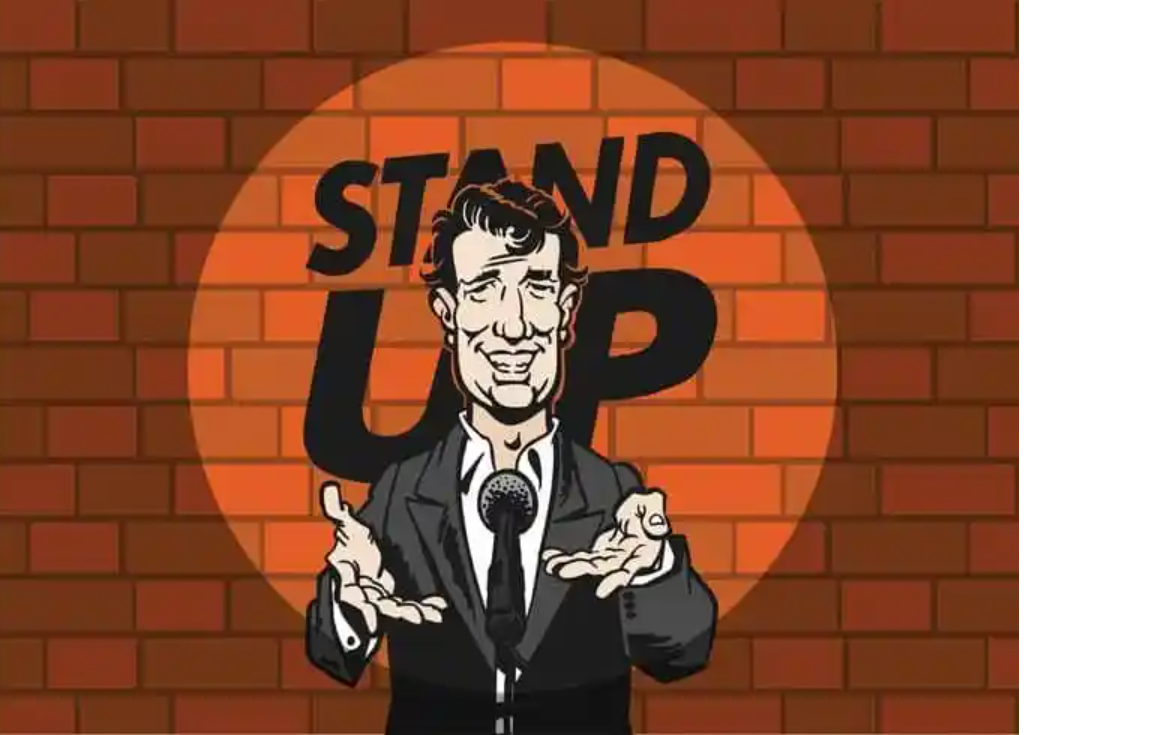Stand-up comedy has come a long way since its inception in the early 20th century. It has evolved from a niche form of entertainment to a popular and widely recognized art form. Over the years, stand-up comedy has gone through several transformations, with each era shaping its present-day form. In this article, we explore the evolution of stand-up comedy from its early days on stage to its current status on streaming platforms.
Stand-up comedy began as a form of entertainment in vaudeville theaters in the early 1900s. At the time, it was referred to as “monologist comedy” and involved performers delivering humorous anecdotes or jokes in a solo performance. It was only in the 1950s that stand-up comedy started gaining popularity as a mainstream entertainment form. The development of nightclubs as venues for stand-up comedy provided performers with a platform to showcase their talent.
In the 1960s, television played a pivotal role in the evolution of stand-up comedy. Shows like “The Tonight Show” and “Saturday Night Live” provided a platform for comedians to reach a larger audience. This exposure led to many comedians becoming household names, such as George Carlin, Richard Pryor, and Eddie Murphy. The influence of cable TV also gave rise to the emergence of comedy specials, which allowed comedians to showcase their talent to a wider audience.
The advent of the internet and social media in the 2000s brought about another significant shift in the evolution of stand-up comedy. Platforms like YouTube and Twitter allowed comedians to reach a global audience and gain a massive following. The rise of podcasts also provided comedians with a new avenue to reach their audience and experiment with new material.
In recent years, streaming platforms like Netflix and Hulu have become a dominant force in the stand-up comedy landscape. The popularity of stand-up comedy specials on these platforms has led to a resurgence of the art form. Streaming platforms have provided comedians with a new level of creative freedom, allowing them to produce specials that cater to their audience and push boundaries.
The rise of streaming has also had a significant impact on the business of stand-up comedy. Streaming platforms have become a primary source of income for many comedians, with some earning millions of dollars from their specials. The success of streaming platforms has also led to changes in the way comedians produce and distribute their material.
Looking to the future, stand-up comedy is set to undergo further changes as technology continues to shape the entertainment industry. Virtual and augmented reality could open up new possibilities for comedians to engage with their audience, while advancements in artificial intelligence could lead to new forms of comedic material.
In conclusion, stand-up comedy has come a long way since its early days on the vaudeville stage. The emergence of television, the internet, and streaming platforms have all contributed to the evolution of the art form. The future of stand-up comedy is bright, with new technologies set to push the boundaries of what is possible. Stand-up comedy remains a vital form of entertainment that provides audiences with laughter, social commentary, and a reflection of the times we live in.





